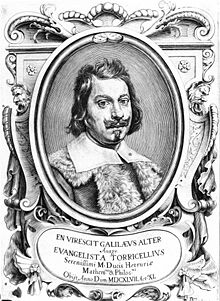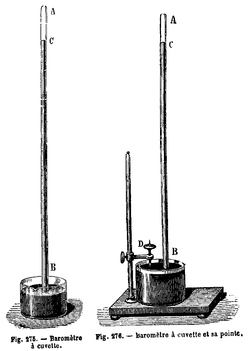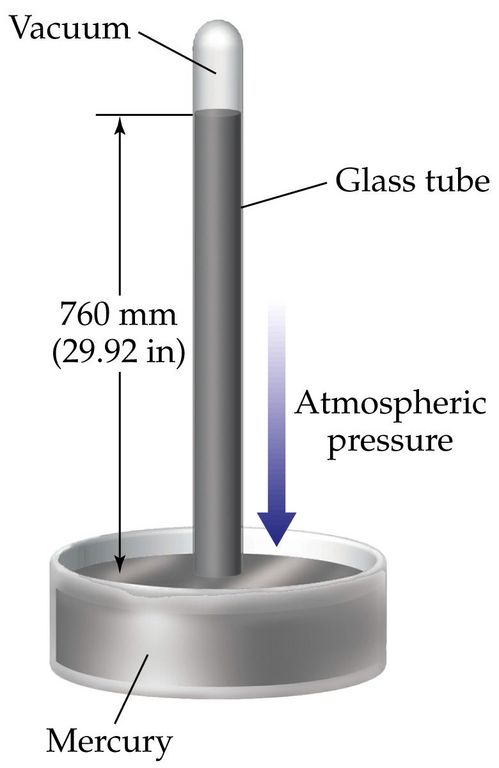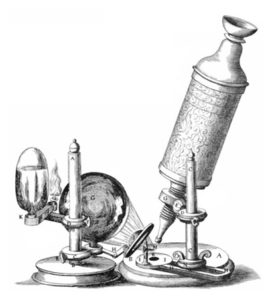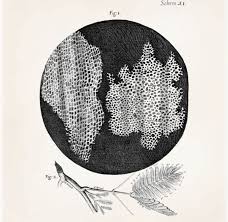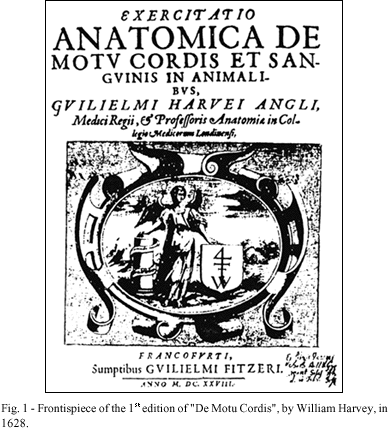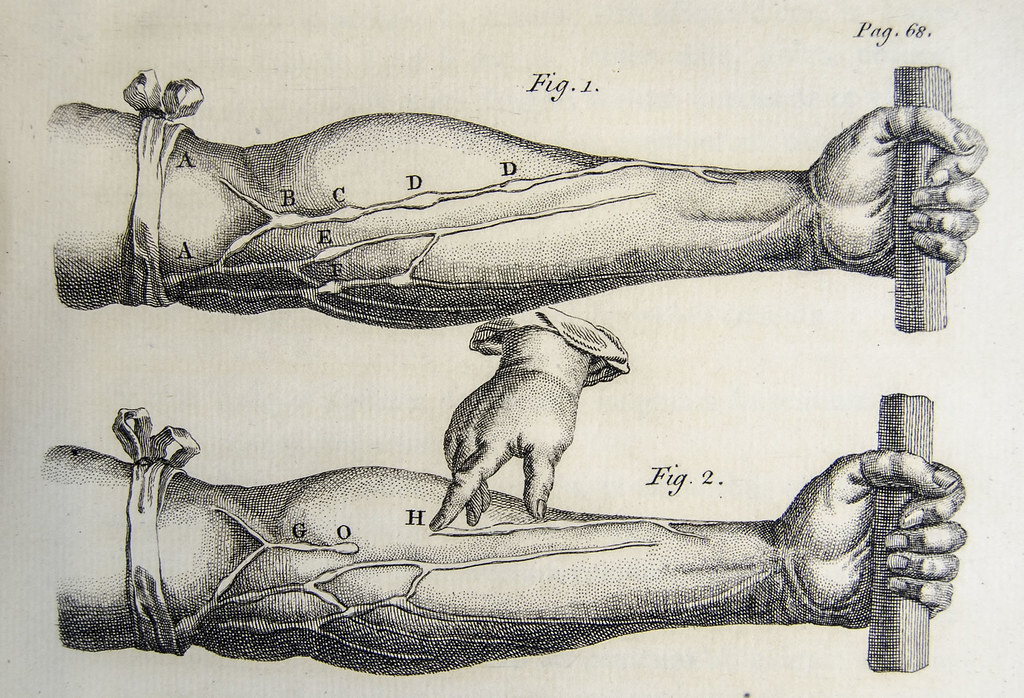In 1712 Thomas Newcomen unknowingly ushered the world into the industrial revolution when he built an “atmospheric” engine to pump up water from a coal mine near Dudley Castle in England. The Newcomen engine, as it came to be known, can thus be considered one of the most influential inventions in all of history.
A Novel Solution to a New Industrial Problem
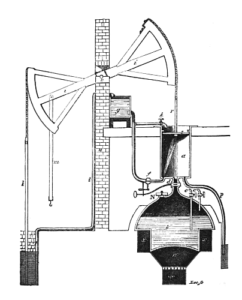
The demand for coal was steadily increasing in the early 18th century and coal miners were having to dig deeper and deeper into to ground to gather it. Flooding of these ever deeper coal mines was becoming a problem to the point that manual and horse powered pumping was becoming an inadequate solution. At the dawn of the industrial revolution, and industrial machine was needed to solve the problem.
An ironmonger named Thomas Newcomen by combining ideas of various precursor engines. About a decade earlier an English inventor named Thomas Savery patented a steam powered pump which was not technically an engine because it had no moving parts. At around the same time the French physicist Denis Papin was conducting experiments using steam cylinders and pistons. Newcomen combined these ideas to eventually solve the problem by inventing the world’s first practical fuel-burning engine in 1712.
The Newcomen engine was a large, lumbering, and inefficient engine that did its work not by the power of steam but by the force of atmospheric pressure. The discovery of the vacuum in the prior century showed the power of atmospheric pressure and this principle was utilized in the Newcomen engine. This engine was a very complex device despite being predicated on rather simple principles. Its basic method of operation goes as follows. A boiler created the steam that was pumped into a cylinder where the steam was then condensed by cold water. This process of heating and then cooling created a vacuum inside the cylinder. The resulting atmospheric pressure created inside the cylinder forced a piston downward, pulling the pump upward and thus removing the water out of the mine. The boiler created more steam pushing the piston upward where more cold water was introduced into the cylinder and the cycle was repeated around twelve times per minute.
Searching for Improvements in Energy Efficiency
What the Newcomen engine possessed in revolutionary status it lacked in efficiency. The engine was highly inefficient and originally only used in coal mines where a power source was abundant and nearby. However despite the engineering drawbacks its usefulness proved quite valuable – over 75 were built during Thomas Newcomen’s lifetime and over 1000 were in use by the end of the century. They quickly spread across most of Europe and to America. The problem with the engine continued to be in its lack of efficiency. It was becoming difficult to operate in area’s where coal was expensive or in low supply.
Still, the Newcomen engine remained largely unchanged and in wide use for most of the 18th century. These engines saw an efficiency improvement later in the century by James Watt. In 1764 Watt was repairing a Newcomen engine when he became fixated on the amount of coal needed to operate the engine because it wasted so much heat. After mulling over a solution for some time he realized that much of the inefficiency had to deal with the heating and the cooling of the steam in the cylinder. He concluded that it would be much more efficient to keep the cylinder heated about boiling points at all times and to have a separate condenser for cooling. In 1769 he acquired a patent for his new device and soon after entered into a partnership with Matthew Boulton. The Boulton & Watt steam engines quickly became the best in the world. Later on Watt designed a double acting steam engine by allowing steam to enter the cylinder at both ends providing for both up and down power strokes. This was now a true steam engine.
Impact of the Newcomen Engine
The invention of the Newcomen engine marked the beginning of the Industrial Revolution. Prior to the Newcomen engine most power was supplied by natural sources such as wind, water, and human and animal muscle. The newcomen engine and the subsequent improvements made by James Watt paved the way for steam powered transportation in the form of boats and railroads. Electricity and the internal combustion engine would eventually replace powering engines for transportation in the 20th century, but even to day we still most of our electricity from steam powered turbines.
Continue reading more about the exciting history of science!
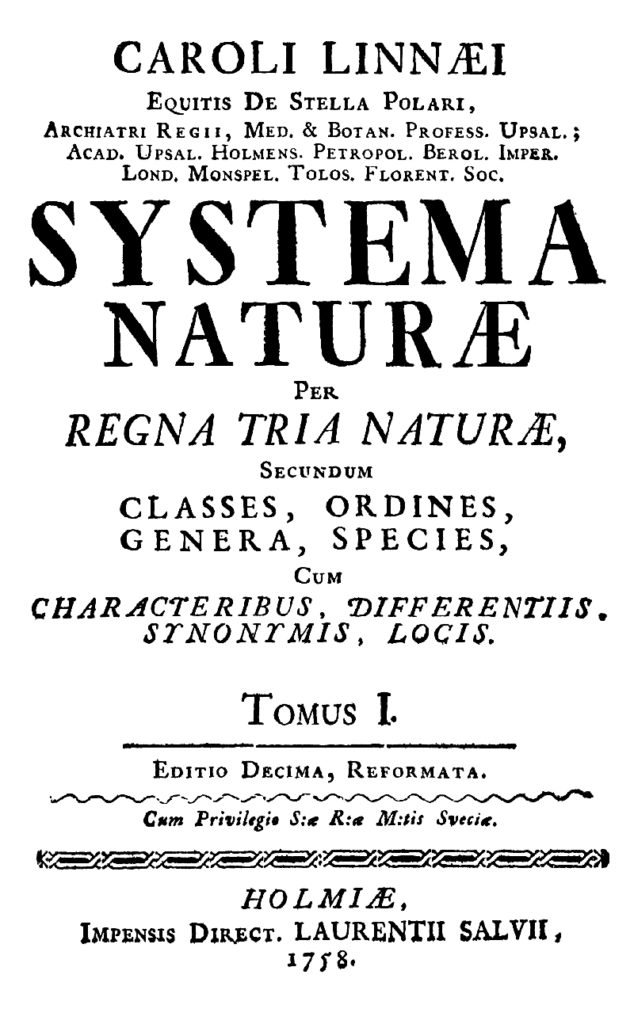
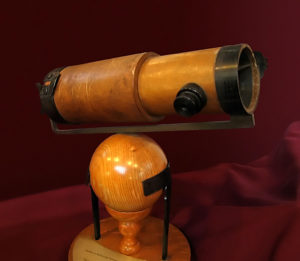
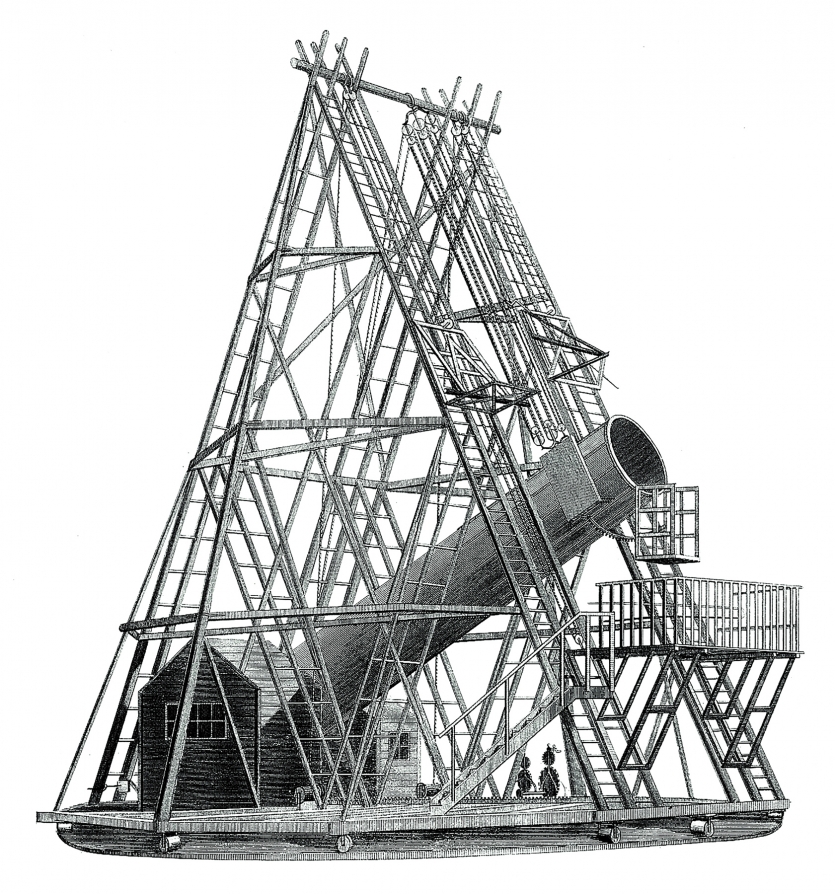

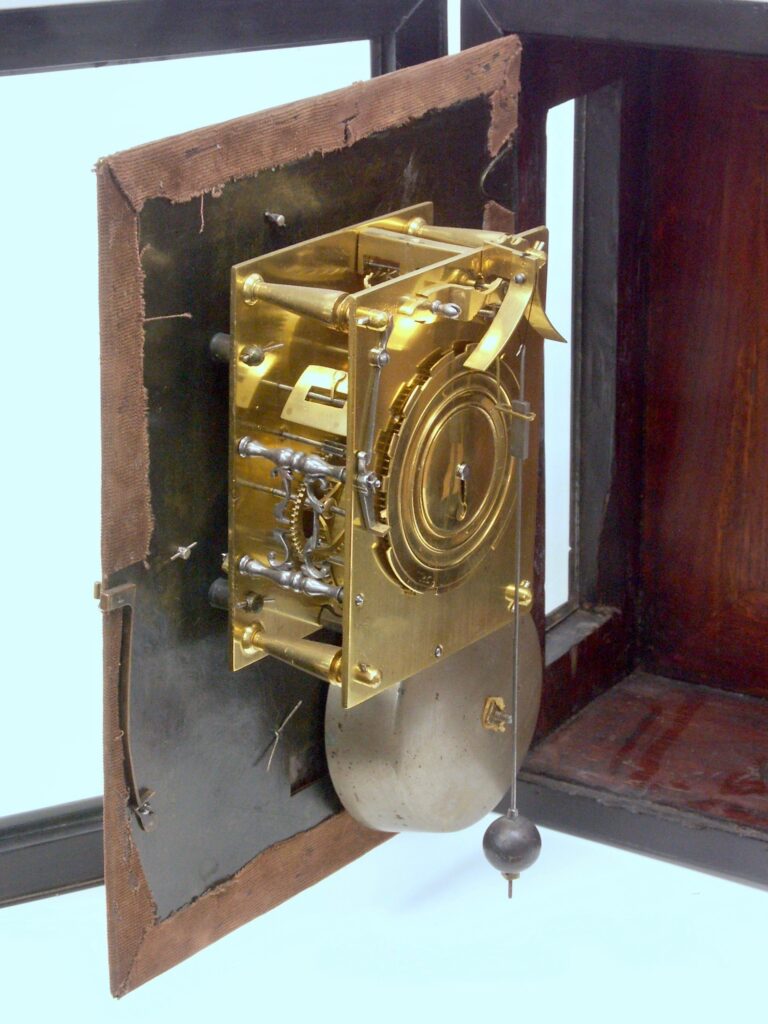
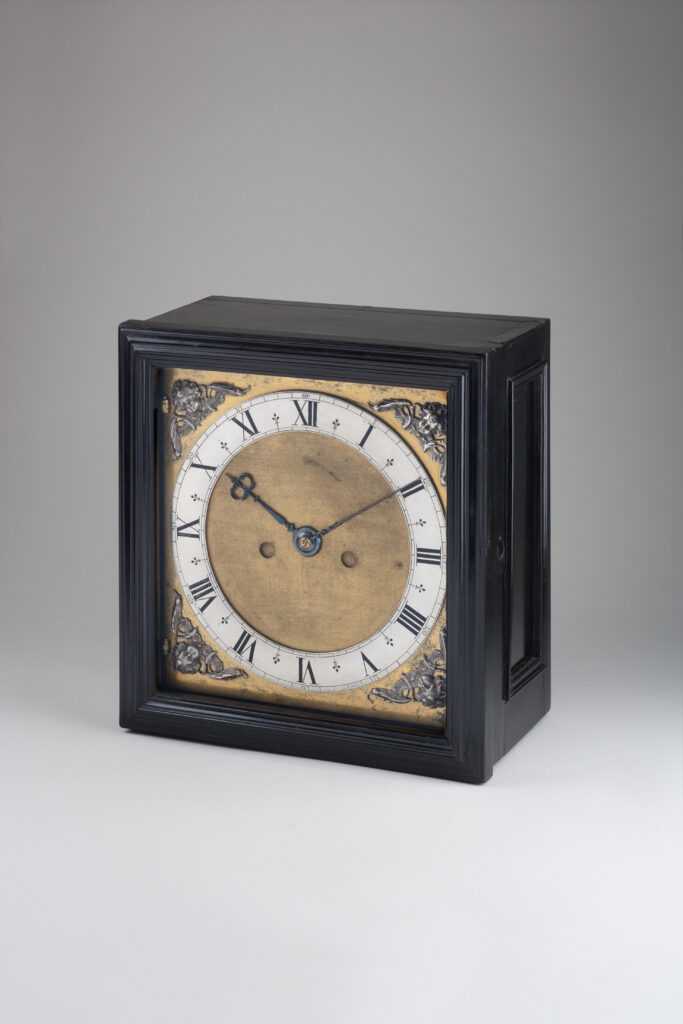
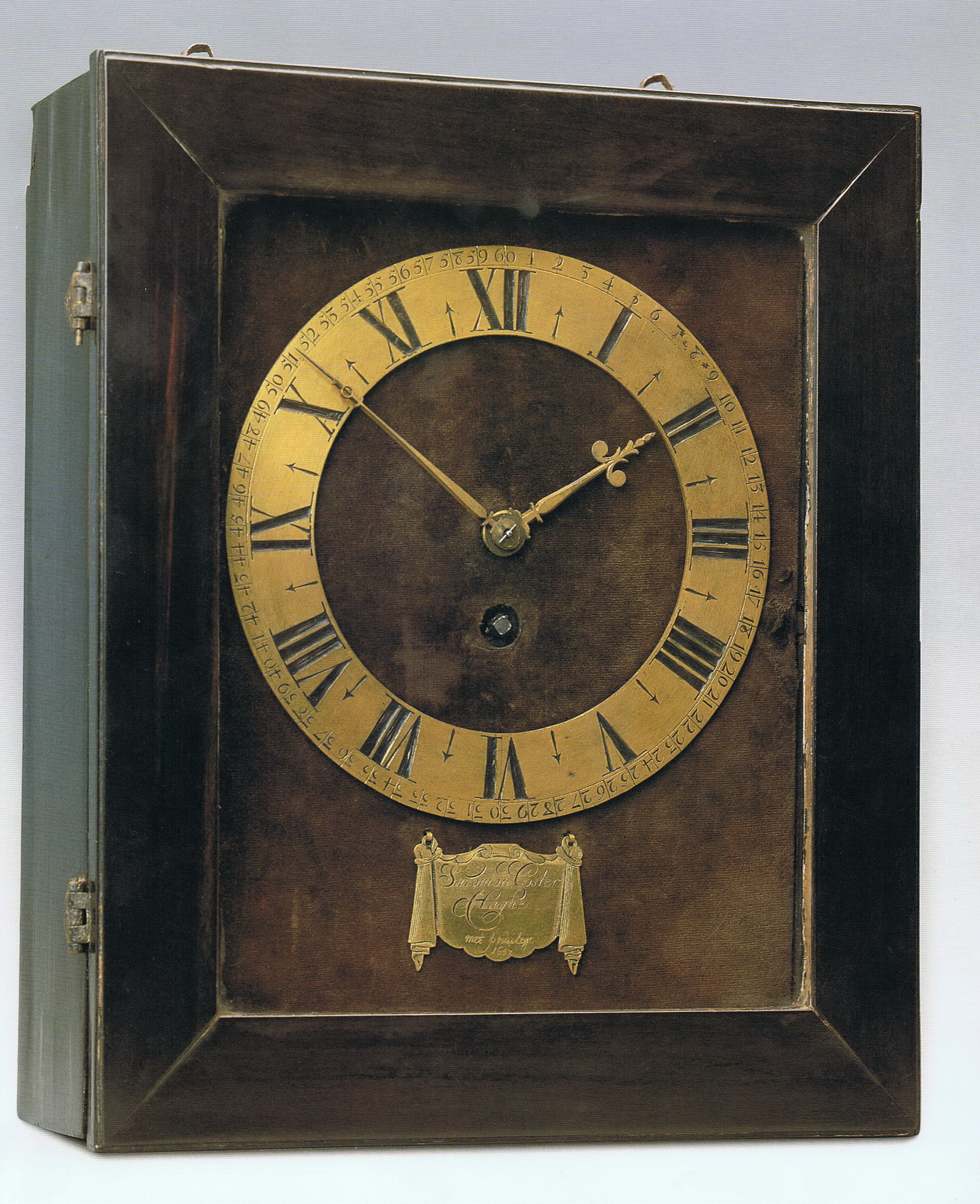
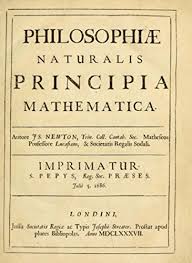
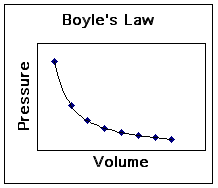
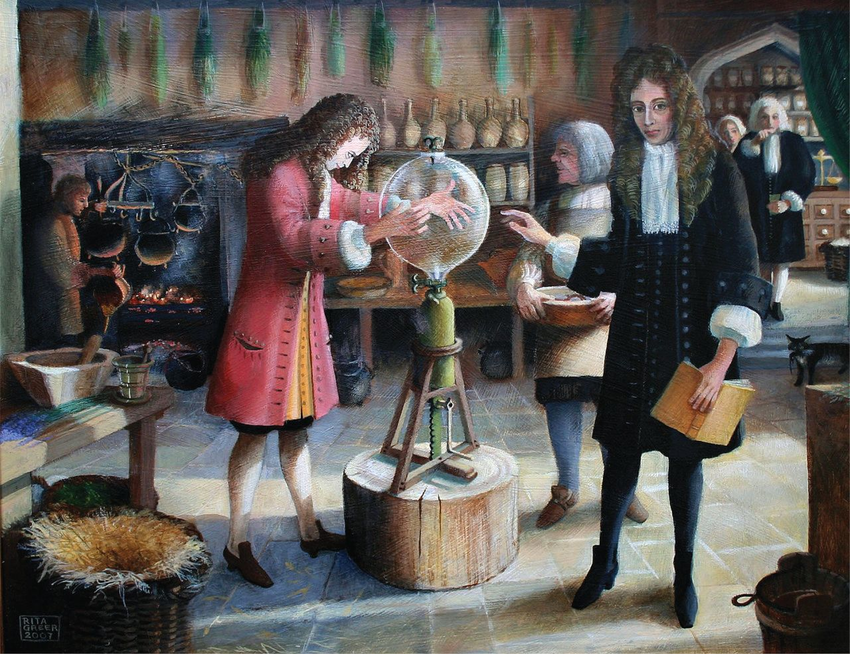
 where P is the pressure of the gas and V is the volume of the gas. In simple terms it means that if volume decreases then pressure increases, and vice versa. Boyle’s Law is an equivalency law which can also be expressed as P1V1=P2V2 where P is the pressure of the gas and V is the volume of the gas.
where P is the pressure of the gas and V is the volume of the gas. In simple terms it means that if volume decreases then pressure increases, and vice versa. Boyle’s Law is an equivalency law which can also be expressed as P1V1=P2V2 where P is the pressure of the gas and V is the volume of the gas.